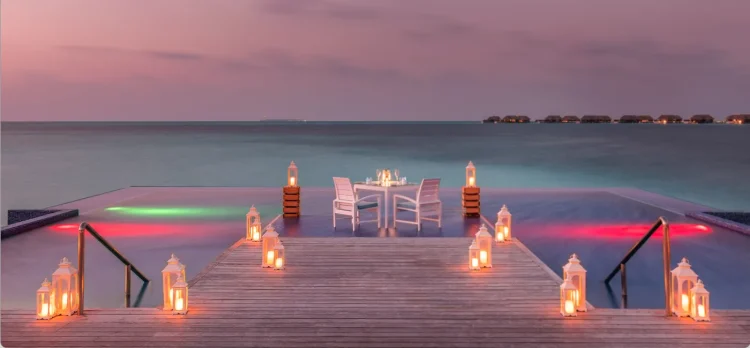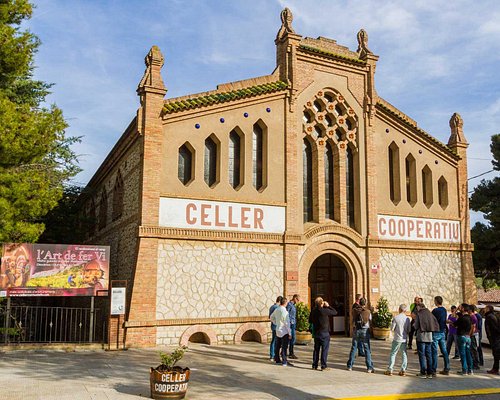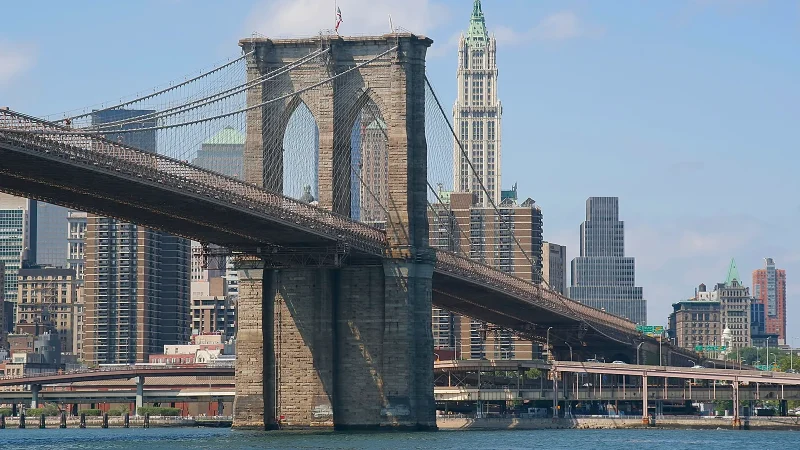Unveiling the Tropical Paradise: Where is Maldives?

Nestled in the heart of the Indian Ocean, the Maldives is a captivating archipelago that beckons travelers with its pristine white-sand beaches, crystal-clear turquoise waters, and vibrant coral reefs. Comprising 26 atolls and over 1,000 coral islands, this tropical paradise is a dream destination for those seeking a tranquil escape from the hustle and bustle of everyday life. In this article, we will embark on a journey to uncover the geographical wonders of the Maldives and explore the unique features that make it a truly extraordinary destination.
Geographical Location:
The Maldives is strategically situated in the Indian Ocean, southwest of Sri Lanka and India. Geographically, it spans the equator, making it one of the world’s most idyllic tropical locations. The exact coordinates of the Maldives are approximately 3.2028° N latitude and 73.2207° E longitude. The archipelago is spread across a vast area, covering approximately 298 square kilometers of land, and its highest point is only about 2.4 meters above sea level, making it the lowest country in the world in terms of average ground level.
Archipelago Formation:
The Maldives is renowned for its unique coral atolls, which are a defining feature of its geography. An atoll is a ring-shaped coral reef, island, or series of islets formed from the remnants of a submerged volcanic island. Over millions of years, coral reefs have grown around the edges of submerged volcanic peaks, creating the distinctive circular shapes that make up the Maldivian atolls. These atolls encircle stunning lagoons and house an incredible diversity of marine life, making them a haven for snorkelers and scuba divers.
Coral Reefs and Breathtaking Biodiversity:
The Maldives is celebrated for its vibrant coral reefs, which are integral to the archipelago’s ecosystem. These reefs not only provide a stunning underwater landscape but also serve as habitats for a myriad of marine species. The Maldives boasts a rich biodiversity that includes colorful coral formations, various species of fish, sharks, rays, and sea turtles. The coral reefs play a crucial role in maintaining the delicate balance of the marine ecosystem, making them a vital component of the Maldives’ natural beauty.
Climate and Seasons:
The Maldives enjoys a tropical climate with two distinct seasons – the dry season (northeast monsoon) and the wet season (southwest monsoon). The dry season typically occurs from December to March, characterized by clear skies, calm seas, and lower humidity. This period is considered the peak tourist season when visitors flock to the Maldives to bask in the sun and indulge in water activities. On the other hand, the wet season, which spans from May to October, brings occasional rain showers and stronger winds. Despite the rain, the wet season is also a popular time for surfers seeking the thrill of challenging waves.
Unique Culture and Traditions:
Beyond its geographical allure, the Maldives is a melting pot of rich cultural heritage and traditions. The majority of the population practices Islam, which significantly influences the daily life, art, and architecture of the islands. Visitors can explore traditional Maldivian villages to experience the warm hospitality of the locals, witness traditional dance performances, and savor authentic Maldivian cuisine. Dhivehi, the official language, is spoken across the islands, but English is widely understood in the tourist areas.
Tourist Attractions:
While the Maldives is renowned for its luxury resorts and overwater bungalows, there is much more to explore beyond the confines of these secluded retreats. Malé, the capital city, is a bustling hub that offers a glimpse into local life, with vibrant markets, historic mosques, and intriguing museums. For those seeking adventure, water sports such as snorkeling, diving, and surfing abound, providing an opportunity to discover the underwater wonders that make the Maldives a diver’s paradise.
Sustainable Tourism:
The Maldives recognizes the importance of preserving its natural beauty and fragile ecosystem. As a response to the environmental challenges faced by the archipelago, there has been a growing emphasis on sustainable tourism practices. Many resorts and organizations are actively involved in conservation efforts, aiming to protect coral reefs, marine life, and promote eco-friendly initiatives. Visitors are encouraged to engage in responsible tourism, respecting the delicate balance of the environment and contributing to the preservation of this exquisite destination.
Conclusion:
The Maldives, with its unparalleled beauty and unique geography, stands as a testament to the wonders that our planet has to offer. From the breathtaking coral atolls to the vibrant marine life that thrives beneath the surface, every aspect of the Maldives contributes to its status as a tropical paradise. Whether you seek a tranquil beach retreat, underwater adventures, or a cultural immersion in a unique island nation, the Maldives beckons with open arms, inviting you to discover the enchanting secrets that lie within its turquoise waters and pristine shores.
-
Where is the Maldives located geographically?
- The Maldives is situated in the Indian Ocean, southwest of Sri Lanka and India.
-
How many islands make up the Maldives?
- The Maldives is an archipelago comprising 26 atolls and over 1,000 coral islands.
-
What are the coordinates of the Maldives?
- The approximate coordinates of the Maldives are 3.2028° N latitude and 73.2207° E longitude.
-
How large is the land area of the Maldives?
- The Maldives covers approximately 298 square kilometers of land.
-
What is the highest point in the Maldives?
- The highest point in the Maldives is only about 2.4 meters above sea level, making it the lowest country in the world in terms of average ground level.
-
How are the Maldivian atolls formed?
- The Maldivian atolls are formed from the remnants of submerged volcanic islands, with coral reefs growing around the edges, creating circular shapes.
-
What is the climate like in the Maldives?
- The Maldives enjoys a tropical climate with a dry season (northeast monsoon) from December to March and a wet season (southwest monsoon) from May to October.
-
What is the biodiversity like in the Maldives?
- The Maldives is home to a diverse range of marine life, including colorful coral formations, various fish species, sharks, rays, and sea turtles.
-
What is the official language of the Maldives?
- Dhivehi is the official language of the Maldives, but English is widely understood in tourist areas.
-
What is the capital city of the Maldives?
- Malé is the capital city of the Maldives, offering a glimpse into local life with markets, historic mosques, and museums.
-
What are the seasons in the Maldives, and when is the peak tourist season?
- The Maldives has a dry season from December to March (peak tourist season) and a wet season from May to October.
-
Are there cultural attractions in the Maldives?
- Yes, visitors can explore traditional Maldivian villages, witness dance performances, and savor authentic Maldivian cuisine.
-
How is the Maldives addressing environmental concerns?
- The Maldives is actively engaged in sustainable tourism practices, with many resorts and organizations involved in conservation efforts to protect coral reefs and marine life.
-
What are some popular tourist activities in the Maldives?
- Popular tourist activities include water sports such as snorkeling, diving, and surfing, allowing visitors to explore the underwater wonders of the Maldives.
-
Is English widely spoken in the Maldives?
- Yes, English is widely understood in tourist areas, making communication easy for international visitors.






